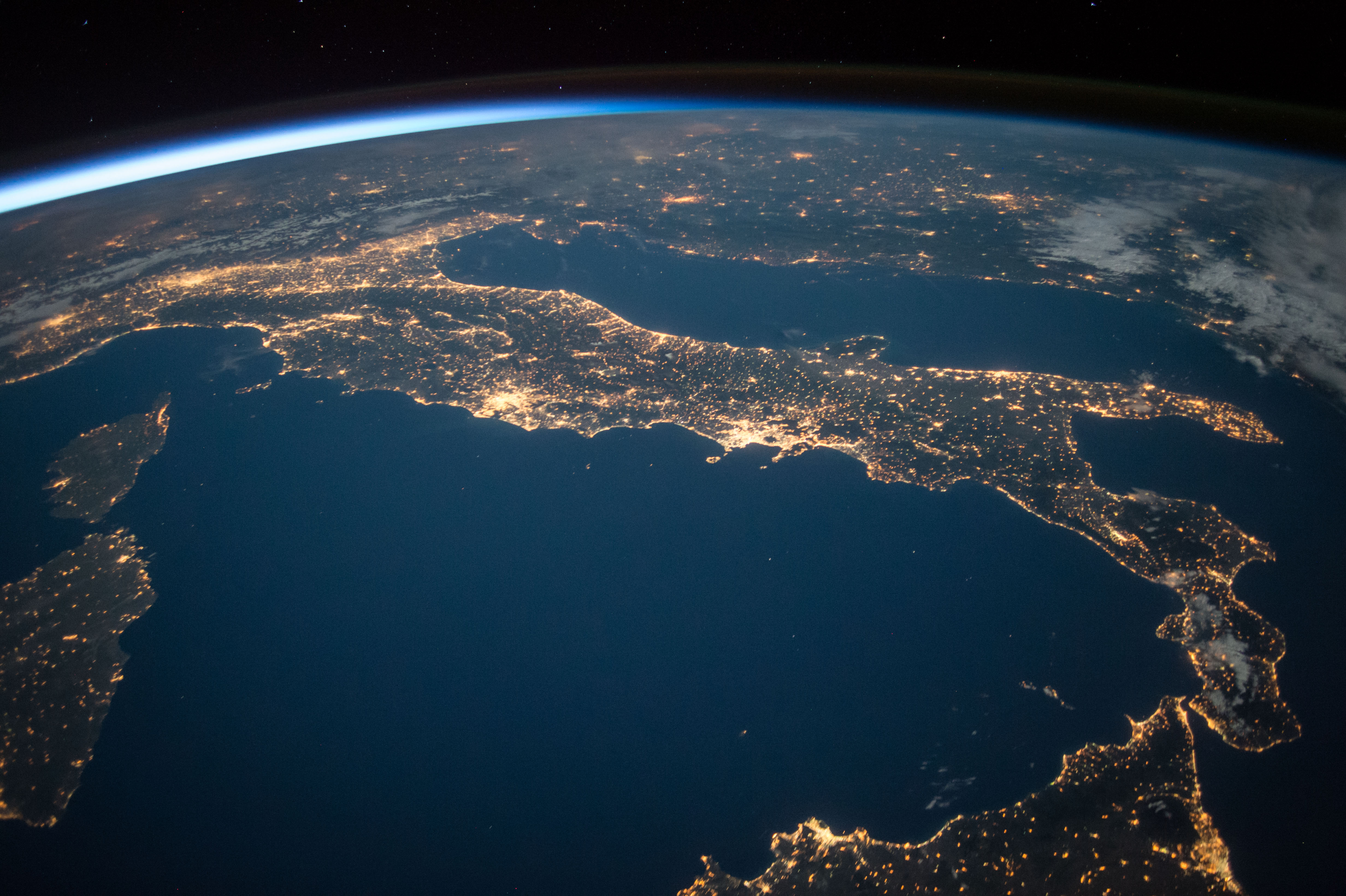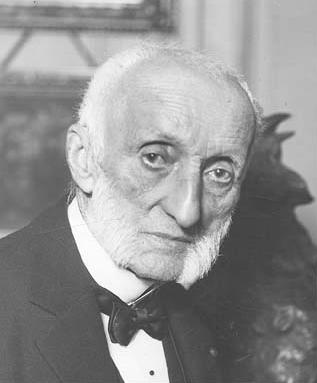|
La Semeuse De Paris
''La Semeuse de Paris'' was a consumer credit company owned by the '' La Samaritaine'' department store in Paris. It sold coupons to working class consumers, who paid in installments. They could spend the coupons at ''La Samaritaine'' or other stores. The Art Deco building that housed the company is now a historical monument. Foundation Georges Dufayel developed a system of buying vouchers through installment payments, which could then be spent in stores that accepted the vouchers. Dufayel owned a retail chain that accepted his vouchers, and they were also accepted by independent stores. These included La Samaritaine, which doubled its sales in one year after introducing credit. ''La Semeuse'' was created in 1913 by some of Dufayel's former employees, with a similar credit model. The motto was "Capital must work; workers must have apital. Door-to-door salespeople sold coupons to working class consumers. After making a small down-payment, the buyer could buy goods with the coupon ... [...More Info...] [...Related Items...] OR: [Wikipedia] [Google] [Baidu] |
City
A city is a human settlement of notable size.Goodall, B. (1987) ''The Penguin Dictionary of Human Geography''. London: Penguin.Kuper, A. and Kuper, J., eds (1996) ''The Social Science Encyclopedia''. 2nd edition. London: Routledge. It can be defined as a permanent and densely settled place with administratively defined boundaries whose members work primarily on non-agricultural tasks. Cities generally have extensive systems for housing, transportation, sanitation, utilities, land use, production of goods, and communication. Their density facilitates interaction between people, government organisations and businesses, sometimes benefiting different parties in the process, such as improving efficiency of goods and service distribution. Historically, city-dwellers have been a small proportion of humanity overall, but following two centuries of unprecedented and rapid urbanization, more than half of the world population now lives in cities, which has had profound consequ ... [...More Info...] [...Related Items...] OR: [Wikipedia] [Google] [Baidu] |
Country
A country is a distinct part of the world, such as a state, nation, or other political entity. It may be a sovereign state or make up one part of a larger state. For example, the country of Japan is an independent, sovereign state, while the country of Wales is a component of a multi-part sovereign state, the United Kingdom. A country may be a historically sovereign area (such as Korea), a currently sovereign territory with a unified government (such as Senegal), or a non-sovereign geographic region associated with certain distinct political, ethnic, or cultural characteristics (such as the Basque Country). The definition and usage of the word "country" is flexible and has changed over time. '' The Economist'' wrote in 2010 that "any attempt to find a clear definition of a country soon runs into a thicket of exceptions and anomalies." Most sovereign states, but not all countries, are members of the United Nations. The largest country by area is Russia, while the ... [...More Info...] [...Related Items...] OR: [Wikipedia] [Google] [Baidu] |
La Samaritaine
La Samaritaine (French pronunciation: a samaʁitɛn is a large department store in Paris, France, located in the first arrondissement. The nearest métro station is Pont-Neuf, directly in front at the quai du Louvre and the rue de la Monnaie. The company was owned by Ernest Cognacq and Marie-Louise Jaÿ who hired architect Frantz Jourdain to expand their original store. It started as a small apparel shop and expanded to what became a series of department store buildings with a total of 90 different departments. It has been a member of the International Association of Department Stores from 1985 to 1992. It is currently owned by LVMH, a luxury-goods maker. The store, which had been operating at a loss since the 1970s, was closed in 2005 purportedly because the building did not meet safety codes. Plans for redeveloping the building involved lengthy complications, as the representatives of the store's founders argued with new owners LVMH over the building's future as a depa ... [...More Info...] [...Related Items...] OR: [Wikipedia] [Google] [Baidu] |
Art Deco
Art Deco, short for the French ''Arts Décoratifs'', and sometimes just called Deco, is a style of visual arts, architecture, and product design, that first appeared in France in the 1910s (just before World War I), and flourished in the United States and Europe during the 1920s and 1930s. Through styling and design of the exterior and interior of anything from large structures to small objects, including how people look (clothing, fashion and jewelry), Art Deco has influenced bridges, buildings (from skyscrapers to cinemas), ships, ocean liners, trains, cars, trucks, buses, furniture, and everyday objects like radios and vacuum cleaners. It got its name after the 1925 Exposition internationale des arts décoratifs et industriels modernes (International Exhibition of Modern Decorative and Industrial Arts) held in Paris. Art Deco combined modern styles with fine craftsmanship and rich materials. During its heyday, it represented luxury, glamour, exuberance, and faith in socia ... [...More Info...] [...Related Items...] OR: [Wikipedia] [Google] [Baidu] |
Georges Dufayel
Georges Dufayel (1 January 1855 – 28 December 1916) was a Parisian retailer and businessman who popularized and expanded the practice of buying merchandise on credit (installment plans) and purchasing from catalogues. He is mainly remembered as the founder of the Grands Magasins Dufayel, a large and opulent department store in the Goutte d'Or district of Paris that sold household furnishings. It closed in 1930, but the building, somewhat modified, still stands. Biography Georges Jules Dufayel was born in Paris in 1855, the son of Achille Amand Dufayel and Marie Stéphanie Nicolas. He attended the Maison Dupont-Tuffier school. In 1871, he went to work for Jacques François Crespin (1824–1888), the owner of Le Palais de la Nouveauté in Paris's 18th arrondissement. The store, which Crespin had founded in 1856, sold furnishings and housewares on credit. Crespin died in 1888. The thirty-three-year-old Dufayel, who had been his close associate, took over direction of the ... [...More Info...] [...Related Items...] OR: [Wikipedia] [Google] [Baidu] |
L'Humanité
''L'Humanité'' (; ), is a French daily newspaper. It was previously an organ of the French Communist Party, and maintains links to the party. Its slogan is "In an ideal world, ''L'Humanité'' would not exist." History and profile Pre-World War II ''L'Humanité'' was founded in 1902 by Jean Jaurès, a leader of the French Section of the Workers' International (SFIO). Jaurès also edited the paper until his assassination on 31 July 1914. When the Socialists split at the 1920 Tours Congress, the Communists took control of ''L'Humanité''. Therefore, it became a communist paper despite its socialist origin. The PCF has published it ever since. The PCF owns 40 per cent of the paper with the remaining shares held by staff, readers and "friends" of the paper. The paper is also sustained by the annual ''Fête de l'Humanité'', held in the working class suburbs of Paris, at Le Bourget, near Aubervilliers, and to a lesser extent elsewhere in the country. The fortunes of ''L'Humanit� ... [...More Info...] [...Related Items...] OR: [Wikipedia] [Google] [Baidu] |
Crédit Agricole
Crédit Agricole Group (), sometimes called La banque verte ( en, The green bank) due to its historical ties to farming, is a French international banking group and the world's largest cooperative financial institution. It is France's second largest bank, after BNP Paribas, as well as the third largest in Europe and tenth largest in the world. It consists of a network of Crédit Agricole local banks, the 39 Crédit Agricole regional banks, and a central institute, the Crédit Agricole S.A.. It is listed through Crédit Agricole S.A., an intermediate holding company, on Euronext Paris' first market and is part of the CAC 40 stock market index. In August 2021, it reached the top of the CAC 40. Local banks of the group owned the regional banks, in turn the regional banks majority owned the S.A. via a holding company, in turn the S.A. owned part of the subsidiaries of the group, such as LCL, the Italian network and the CIB unit. It is considered a systemically important bank by the ... [...More Info...] [...Related Items...] OR: [Wikipedia] [Google] [Baidu] |
Frantz Jourdain
Frantz Jourdain (3 October 1847 – 22 August 1935) was a Belgian architect and author. He is best known for La Samaritaine, an Art Nouveau department store built in the 1st arrondissement of Paris in three stages between 1904 and 1928. He was respected as an authority on Art Nouveau. Life Frantz Jourdain was born in 1847. In the 1860s he studied in Paris at the École des Beaux-Arts. He obtained French citizenship in 1870. Critic Jourdain was a theoretician of Art Nouveau. He began writing on the arts in 1875, and by the end of his life had published about two hundred articles in sixty magazines and newspapers, at first news items but later critical articles in which he expressed his thoughts on art. Some of these were gathered into collections in 1886 and 1931. His writings were eclectic. Apart from writing on artistic questions he published a picaresque romance, two collections of short stories, a novel, a play and two collections of portraits of artists. Between 1880 and 1 ... [...More Info...] [...Related Items...] OR: [Wikipedia] [Google] [Baidu] |
Art Nouveau
Art Nouveau (; ) is an international style of art, architecture, and applied art, especially the decorative arts. The style is known by different names in different languages: in German, in Italian, in Catalan, and also known as the Modern Style in English. It was popular between 1890 and 1910 during the Belle Époque period, and was a reaction against the academic art, eclecticism and historicism of 19th century architecture and decoration. It was often inspired by natural forms such as the sinuous curves of plants and flowers. Other characteristics of Art Nouveau were a sense of dynamism and movement, often given by asymmetry or whiplash lines, and the use of modern materials, particularly iron, glass, ceramics and later concrete, to create unusual forms and larger open spaces.Sembach, Klaus-Jürgen, ''L'Art Nouveau'' (2013), pp. 8–30 One major objective of Art Nouveau was to break down the traditional distinction between fine arts (especially painting and sculptu ... [...More Info...] [...Related Items...] OR: [Wikipedia] [Google] [Baidu] |
Francis Jourdain
Francis Jourdain (2 November 1876 – 31 December 1958) was a painter, furniture maker, interior designer, maker of ceramics, and other decorative arts, and a left-wing political activist. Early years Francis Jourdain was born on 2 November 1876, son of the architect Frantz Jourdain. His father was the founder of the ''Salon d'Automne'' collection. Jourdain said of the society in which he grew up that it was dominated by people who were highly opinionated and quick to take sides. Although its members pretended to be in favor of liberty and compassion, he saw it as tainted by prejudices, xenophobia and extreme emotion. His father was very much typical of this society. A stenciled panel by Jourdain with elegant, cleanly silhouetted images was shown at the 1900 Exposition Universelle in Paris. Designer In 1911 Jourdain began to design furniture, following the teachings of Adolf Loos (1847–1933). He opened ''Les Ateliers Modernes'' in 1912, a small furniture factory. He desi ... [...More Info...] [...Related Items...] OR: [Wikipedia] [Google] [Baidu] |



_interior.jpg)

